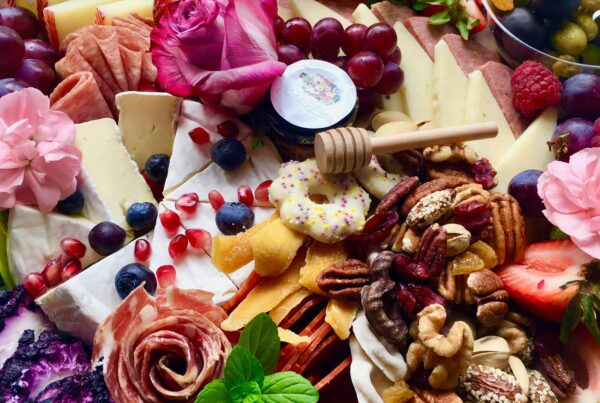Thursday, February 6, 2025
5:30 pm @ Seven Birches Winery, Lincoln, NH
Deadline for ticket sales is February 1st*
Design Your Own Valentine Bouquet
Seasonal Floral Workshop
$95 Per Person* – Includes:
- All Materials to Make Your Own Arrangement
- Valentine Bouquet Design Instruction
- Wine Tasting Flight (or non-alcoholic mocktail)
- Wonderful, Relaxed Winery Atmosphere
- Take Home Floral Arrangement
Using a 5” cylinder vase or bubble bowl, 6 roses, 2-3 spray roses, fillers & greens, you’ll create a valentines-themed floral arrangement for yourself… or that special someone. A monochromatic look of all deep red with a nice red ribbon and box to transport the designs home in will be stunning. All the items needed to create the floral design are included.
Sip back, relax, and arrange.
* A minimum of 10 attendees necessary for the class to happen. Should we not reach the 10 person minimum, you will be refunded. No cancellations after the signup deadline.
Emily Herzig Floral Studio
Littleton, NH




